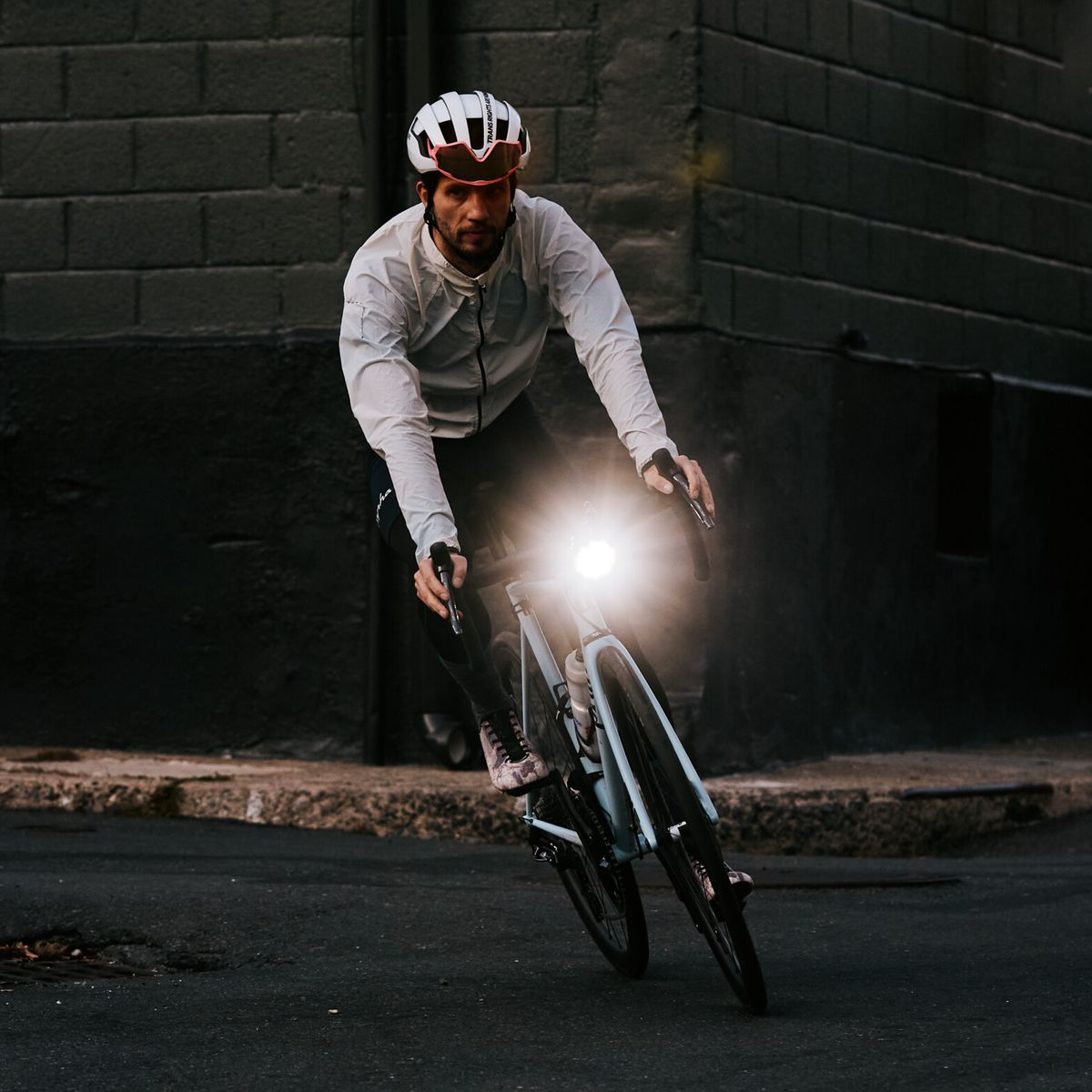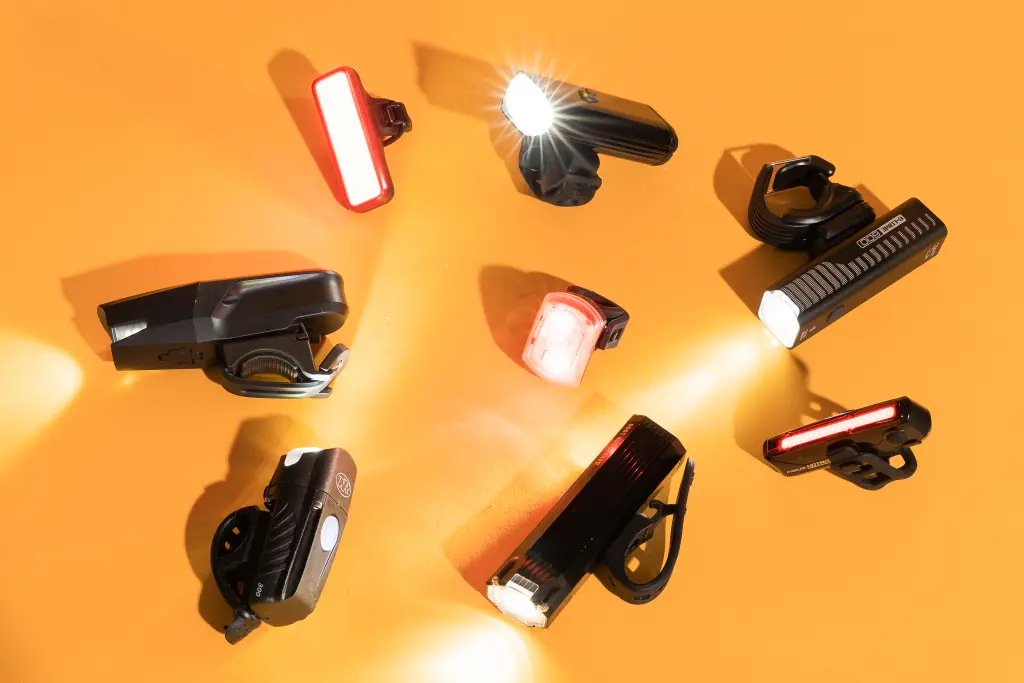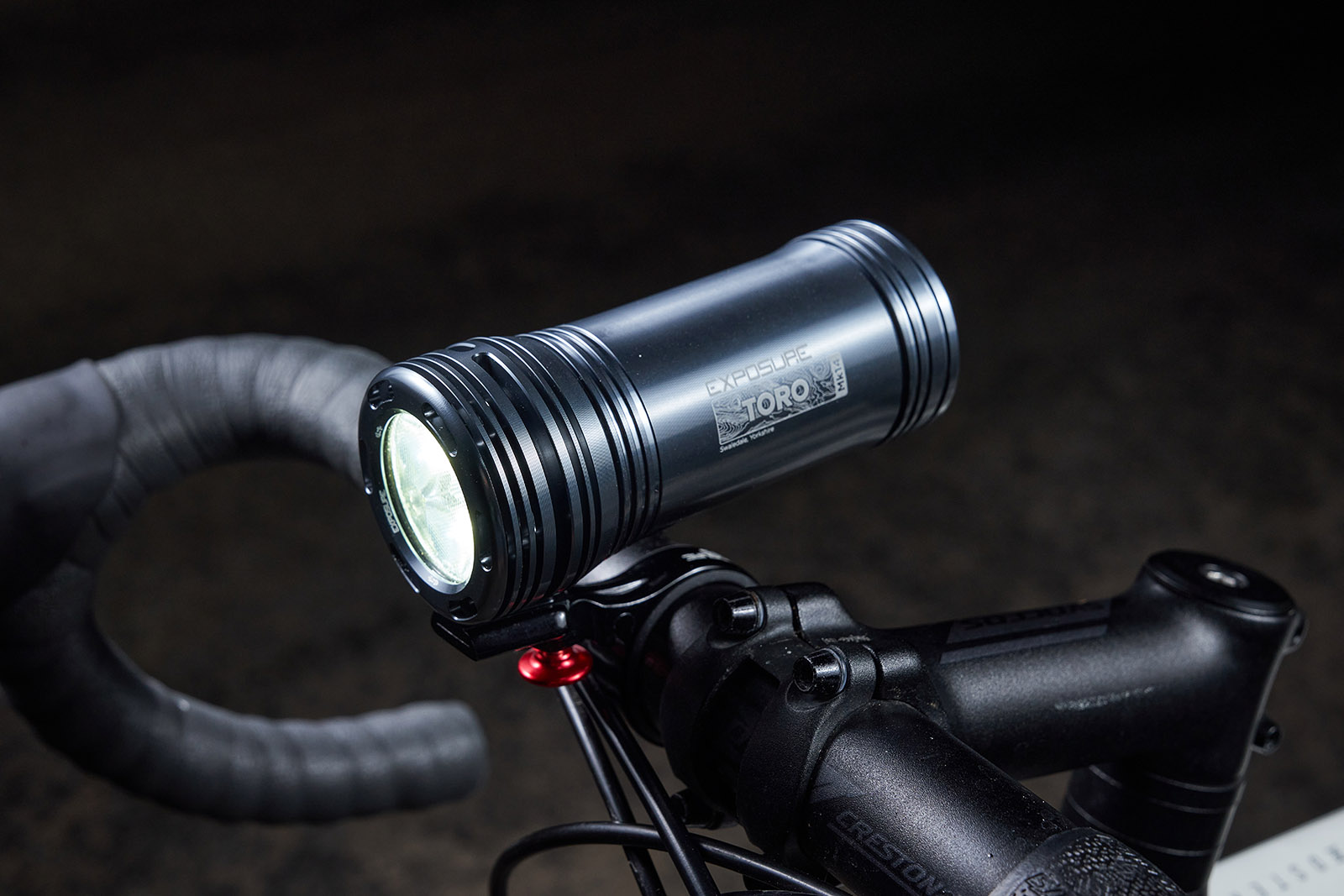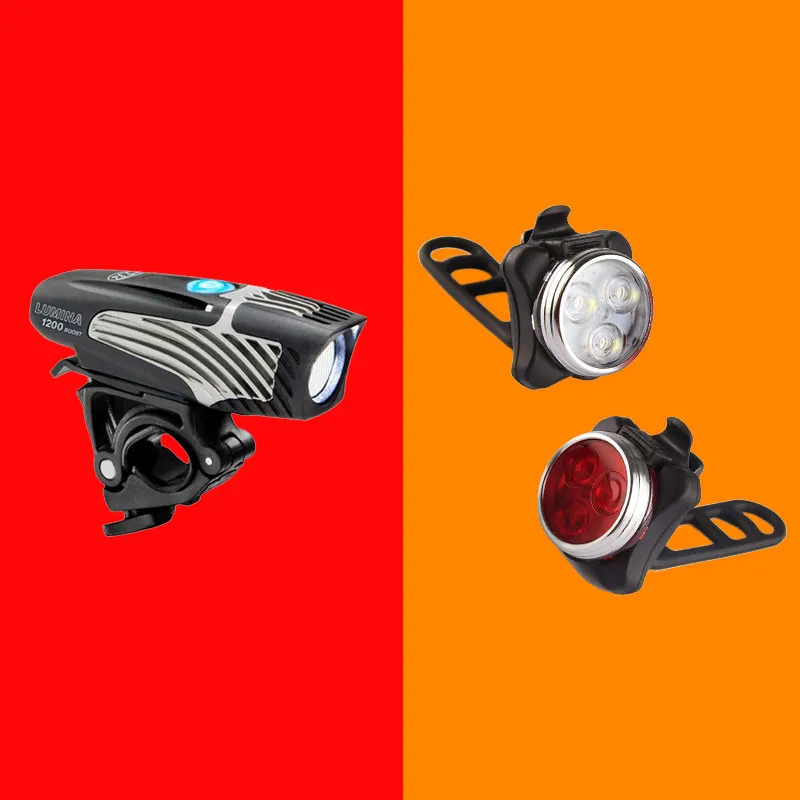I. Introduction

A. Importance of Bicycle Lights for Safe Cycling
Bicycle lights play a crucial role in ensuring the safety of cyclists on the road. By enhancing visibility and alerting others to their presence, lights can significantly reduce the risk of accidents and collisions. This article will explore the benefits of bicycle lights and the different types available to cyclists.
II. The Benefits of Bicycle Lights
A. Increased Visibility
- Enhancing visibility during low-light conditions Cyclists often ride during early mornings or late evenings when natural light is limited. Bicycle lights provide the necessary illumination to make riders visible to motorists and pedestrians, reducing the chances of accidents.
- Making cyclists more noticeable to motorists and pedestrians With the mounting number of vehicles and distractions on the road, it is essential for cyclists to stand out. Bicycle lights, especially when used in combination with reflective gear, make riders more noticeable, contributing to a safer cycling experience.
B. Enhanced Safety
- Reducing the risk of accidents and collisions Bicycle lights serve as a warning sign to other road users, alerting them to the presence of a cyclist. By increasing their visibility, lights can help prevent accidents caused by drivers or pedestrians not seeing the cyclist.
- Alerting others to the cyclist’s presence on the road In busy urban areas or any place with heavy traffic, it is crucial for cyclists to ensure their presence is known. Bicycle lights, particularly rear lights, indicate to motorists and pedestrians that a cyclist is sharing the road, prompting others to exercise caution.
III. Types of Bicycle Lights
A. Front Lights
- Providing illumination for the cyclist’s path Front lights, also known as headlights, are designed to illuminate the path ahead. They help riders navigate in poorly lit areas, detecting potential hazards in advance and enhancing their overall visibility.
- Ensuring visibility to oncoming traffic Front lights not only provide visibility for the cyclist but also make them more visible to oncoming traffic. By alerting drivers of their presence, front lights contribute to a safer coexistence on the road.
B. Rear Lights
- Alerting motorists and pedestrians from behind Rear lights, also known as taillights, are primarily responsible for ensuring that cyclists are seen from behind. These lights create a visual signal that catches the attention of motorists and pedestrians, reducing the risk of rear-end collisions.
-
Improving visibility during nighttime or low-light conditions During dusk, dawn, or any low-light conditions, rear lights become especially important. They help to maintain the cyclist’s visibility to others on the road, preventing potential accidents caused by reduced visibility.
IV. Choosing the Right Bicycle Lights

A. Brightness and Beam Patterns
- Understanding lumen output for different lighting needs: The lumen output refers to the brightness of the light emitted by the bicycle light. Different lighting needs require different lumen outputs. For urban cycling, a minimum of 200 to 400 lumens is recommended to ensure visibility in well-lit areas. However, for off-road cycling or riding in dark areas, a higher lumen output, such as 600 to 1000 lumens, is necessary to illuminate the path effectively.
- Selecting appropriate beam patterns for road or off-road cycling: There are various beam patterns available for bicycle lights, each suitable for different types of cycling. For road cycling, a focused beam pattern that illuminates the road directly in front of you is ideal. This helps to highlight any potential obstacles such as potholes or debris. On the other hand, for off-road cycling, a wider beam pattern that provides a broader flood of light is more beneficial to illuminate the surroundings and increase overall visibility.
B. Mounting Positions and Angles
- Positioning lights for optimum visibility from all angles: Proper positioning of bicycle lights is crucial to ensure maximum visibility from all angles. The front light should be mounted on the handlebars or the fork crown, facing forward. It should be positioned in a way that it is not obstructed by any other components of the bike. The rear light, on the other hand, should be mounted on the seat post or the seat stay. It should be angled slightly downwards to prevent blinding other road users, but still remain visible.
- Securing lights to ensure they remain in place during rides: It is important to make sure that the lights are properly secured to prevent them from falling off or shifting during your rides. Use sturdy and adjustable mounting brackets that can securely hold the lights in place. Additionally, tighten all the screws and clasps to ensure they are securely fastened. Regularly check the mounting positions and angles to make any necessary adjustments.
C. Battery Life and Power Source Options

- Considering the duration and frequency of rides: Battery life is a critical factor, especially if you have long rides or frequent cycling sessions. Determine the estimated duration of your rides and choose lights with battery life that can accommodate your needs. Lights with longer battery life are preferable for longer rides, while shorter rides may be suitable for lights with shorter battery life.
- Exploring rechargeable, replaceable, or USB-powered options: There are different power source options available for bicycle lights. Rechargeable lights offer convenience as they can be charged using a USB port. They also save money in the long run as you don’t need to constantly replace batteries. However, if you often have long rides without access to power sources, lights with replaceable batteries may be more suitable. USB-powered lights provide flexibility as they can be charged using a power bank while on the go.
V. Additional Safety Considerations
A. Using Reflectors and High-Visibility Clothing

- Complementing bicycle lights with reflective gear: Bicycle lights should not be relied upon solely for visibility. It is essential to complement them with reflective gear such as vests, ankle bands, or stickers. These reflective accessories enhance your visibility to other road users, especially during low light or nighttime conditions.
- Maximizing visibility for daytime and twilight cycling: Visibility is not only important during nighttime but also during daytime and twilight. Use reflective gear that provides high visibility during these times when there may be less contrast between your surroundings. Consider fluorescent or bright-colored clothing that stands out in different lighting conditions.
B. Adjusting Light Settings for Road Conditions
- Modulating light intensity in urban or rural environments: Different road conditions require different light settings. In urban areas with streetlights, you may want to lower the light intensity to prevent blinding other road users. On rural roads with limited lighting, increase the brightness to enhance your visibility and illuminate the road ahead.
- Adapting to varying weather conditions: Weather conditions can significantly impact visibility. During foggy or rainy conditions, it is crucial to use brighter lights to cut through the haze or rain. Additionally, consider lights with a strobe or blinking mode to increase visibility in these challenging conditions.
Conclusion: Choosing the right bicycle lights is essential for your safety on the road. Consider the brightness and beam patterns, mounting positions, battery life, and power source options. Additionally, using reflective gear and adjusting light settings for different road and weather conditions will further increase your visibility. By prioritizing safety and investing in the right bicycle lights, you can enjoy your rides with peace of mind.

